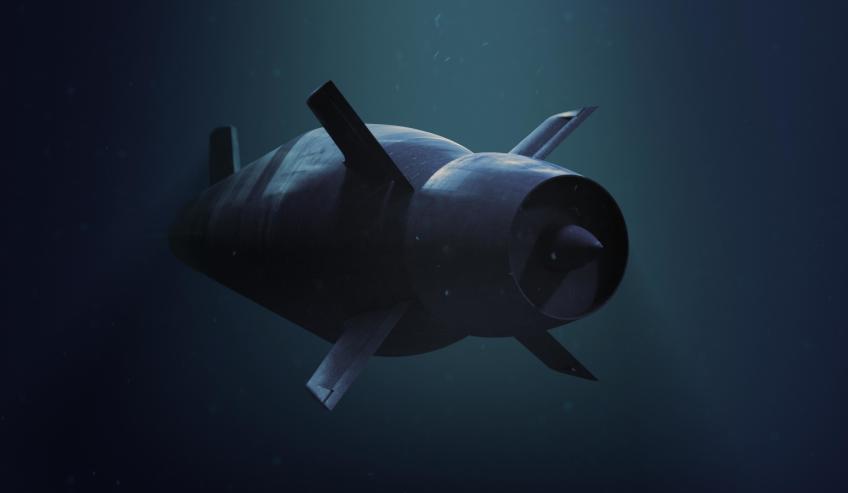The Senate has set its sights on seeking the Industry Capability Plan submitted by Future Submarine designer Naval Group in response to the $50 billion SEA 1000 tender.
To continue reading the rest of this article, please log in.
Create free account to get unlimited news articles and more!
In response to a story published on Defence Connect, Nick Xenophon Team senator Rex Patrick will next seek to move a motion seeking an Order for Production for the Industry Capability Plan submitted by Naval Group in 2016.
In an interview with Defence Connect, the former CEO of DCNS Australia, Sean Costello, confirmed that the 90 per cent local content build figure discussed by Costello and Minister for Defence Industry Christopher Pyne was in its tender response to Defence.
"There’s a difference between 90 per cent of build activities and the total contract value, and there has been confusion since between those two things," Costello told Defence Connect
The 90 per cent figure since been the subject of much debate within industry and government circles, with Costello’s successor, interim CEO Brent Clark, fuelling the fanfare in June last year at Senate estimates when he was asked whether the 90 per cent target was correct.
"I don’t want to give this committee a figure,” Clark said, adding that he had an "aim point of greater than 60 per cent."
Exactly what the 90 per cent figure related to, whether it was contribution of Australian industry to the overall project or simply the build, has remained in doubt ever since.
Recently released Future Frigate tender documents revealed the tendered proposal must contribute to developing and sustaining shipbuilding capability in Australia and maximise Australian industry capability during the build and sustainment of the vessels, but the target set by the government sits at just 50 per cent.
"The Air Warfare Destroyer Program has achieved Australian contract expenditure in the order of 50 per cent across the whole program. While the Commonwealth acknowledges there are significant differences between the Air Warfare Destroyer Program and this project, the Commonwealth expects that this project will achieve the same or higher level of Australian contract expenditure," the tender document reads.
"Noting recent revelations on the Future Frigate tender that showed the government only required a minimum of 50 per cent, Mr Pyne is quickly becoming the Minister of Diminishing Returns going from 90 per cent to 60 per cent for submarines, and down to 50 per cent for frigates. Where to next?" Senator Patrick said.
"The amount of local content in the submarine project is critical to Australia's defence industry, Australian jobs and indeed to the economic benefit that the submarine project brings. The Australian industry participation commitments made by DCNS need to be made public – it's time to lift the veil."
In May last year, former senator Nick Xenophon requested the Australian Industry Capability Plan that Naval Group used to win the tender be released to him under Freedom of Information. The request was refused by Defence and that refusal is now being reviewed by the Australian Information Commissioner.
"That there is controversy in relation to the possible quantity of Australian industry involvement and local content cannot be reasonably contested. Access to the requested document will inform debate and discussion on the matter and promote effective oversight of the largest Defence project in the country's history. The public interest in these circumstances overrides any purported conditional exemption that has been advanced by the department," Xenophon said in his submission to the Information Commissioner.

 Login
Login







